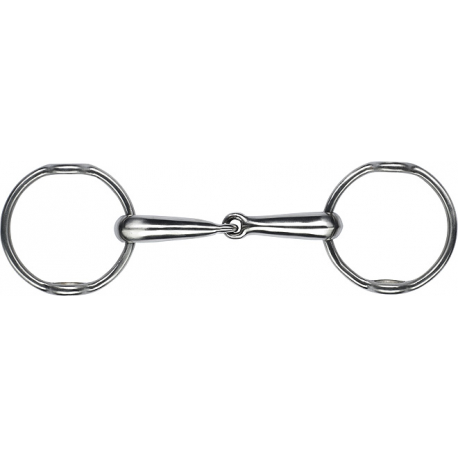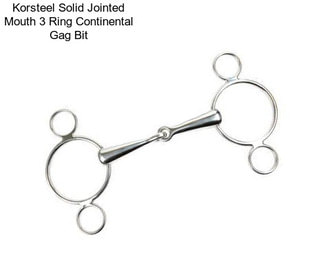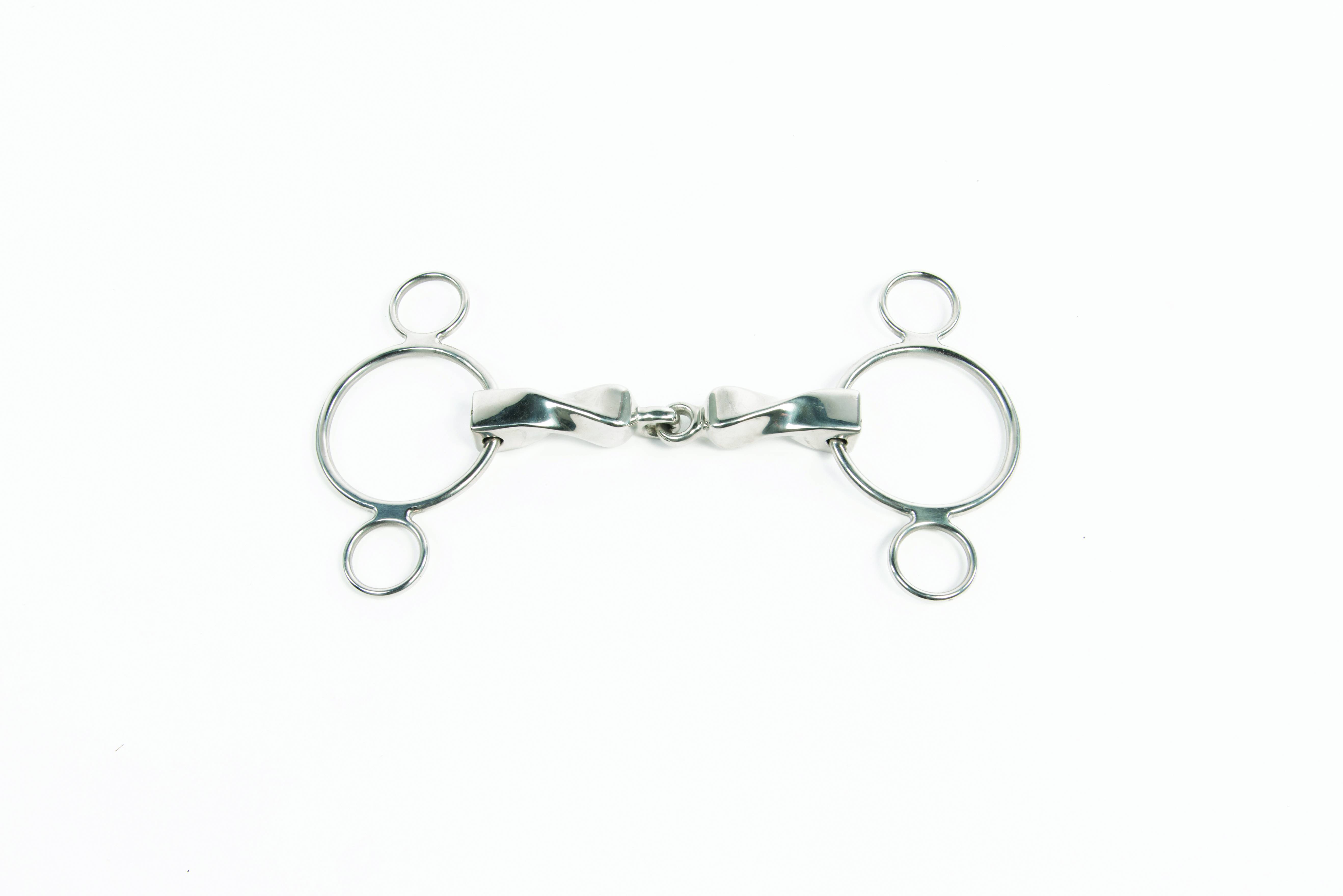

This bit is considered a snaffle bit, but it is designed much like a curb bit. The Tom Thumb snaffle bit’s name is a misnomer. This is a great bit for horse’s that have sensitive mouths or require a very mild bit. The mouthpiece is also made wider on the sides so that it is less likely to irritate the horse’s mouth. It has a noticeable egg-shaped joint that connects the two side-rings to the mouthpiece. This bit is one of the gentlest on the horse because it is made so that it will not pinch the sides of a horse’s mouth. These bits are often used on horses that struggle to obey certain commands like turning.įull cheek snaffles can be used with bit keepers that hold it in place and prevent it from getting hung up in the bridle or other equipment. The shafts have hinge connects that join the side rings to the mouthpiece.
#Types of gag bits full
Full Cheek Snaffleįull cheek snaffle bits are easy to recognize because they have noticeably long joint shafts that extend further than they do on other snaffle bits. Riders can manipulate the way they apply pressure to the horse’s mouth to obtain desired results in competitions. The bradoon is a small-sized snaffle bit while the Weymouth is a curb bit.
#Types of gag bits professional
Professional dressage riders and other show horse competitors use double bridles during competitions. Weymouth curb bits are designed specifically to be used in conjunction with a bradoon bit. It is said to be a great option for a horse that has a lower palate because the flat French link allows the mouthpiece to lay flat in the mouth. The rings on each side connect to the mouthpiece through hinged joints. The French link in the middle of the mouthpiece is flat and shaped like a figure 8 with a connection on each side. French Link Snaffleįrench link snaffle bits are unique in that they have a double-jointed connection in the middle of the mouthpiece. While the Kimberwick horse bit looks like a mini pelham bit, it can only be used with one set of reins. The shanks are relatively short on Kimberwick bits, so they only offer a moderate amount of leverage. Kimberwick CurbĪlthough it is usually considered a curb bit at its core, the Kimberwick bit features both shanks as well as “D” ring snaffles.

They are used in events like polo competitions, show jumping, and in training. Pelham bits are illegal to use in western sport events and dressage.

It can be used with a double set of reins and is great for training a horse or gently switching it to a curb bit from a snaffle. It has both bit rings on the sides as well as loose, hinged shanks. The pelham bit is a unique combination of a snaffle and a curb bit. They are commonly used on racehorses and are good for horses that have sensitive mouths. The hinge helps to keep the horse’s mouth from being pinched by the bit as it moves. The mouthpiece of the bit is connected to the “D” rings on a hinge. On D-ring snaffles, the rings on each side of the bit are in the shape of a “D”. Rubber material can cover some mouthpieces, but they are usually left bare.īits must be sturdy, strong, and unbreakable to keep horses and their riders safe. Occasionally, a mouthpiece on a bit will contain copper because it is believed to encourage saliva production in the horse’s mouth. Horse bits are usually made from either iron, steel, or aluminum material.


 0 kommentar(er)
0 kommentar(er)
